Idea by
Jason Sachs
figureForward
Call for ideas 2017
Adaptive Urbanism
Adaptive Urbanism
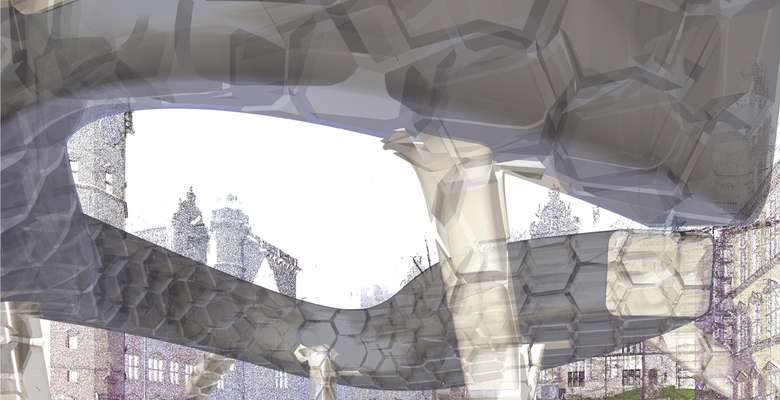
In this adaptive urbanism approach the placement and design of the structures are separated from the future uses within. The structure is formed a Cloud Shell Architecture. A system of variable components fabricated to form a vault of “non-standard” form. This architecture would be able to create linking inhabitable structures, which can make connection between public space and other existing structures in unconventional sites and “left-over” spaces between buildings, bridging over roads, enabling low impact transportation, bicycles, walking, with semi weather enclosure. The irregular vault geometry allows designers to have some control over where the foundations land, to avoid obstacles. It would be possible to erect the component structure, with minimal disturbance of surroundings. Because the structure could stand unenclosed and later portions can be enclosed with similarly parametrically variable facade systems, it will allow more flexibility in urban development patterns.
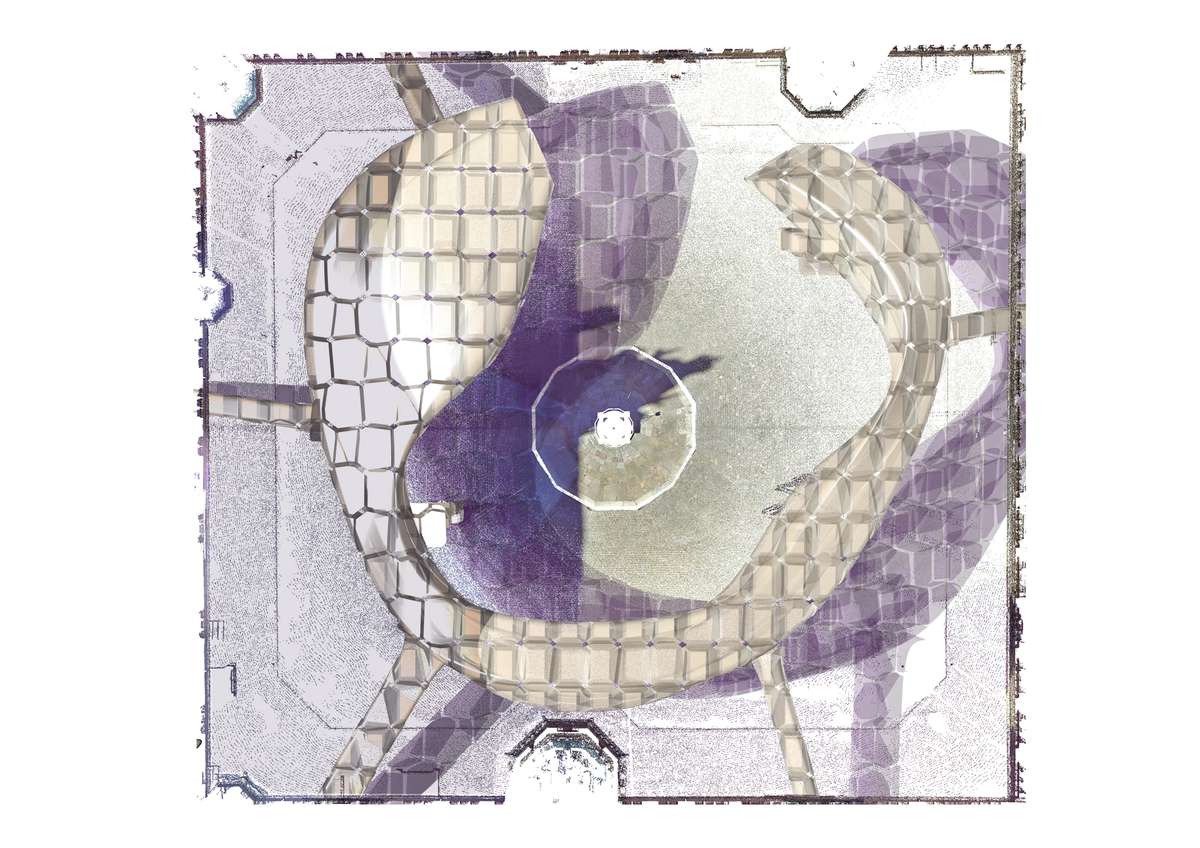
Because these vaulted forms are zero moment compression only structures they make very efficient use of material strength. This and the fact that component erection would be quick should keep the cost of structure (infrastructure) relatively low, for a project of its size.
The inhabitation and the construction needed to support it can be determined later as the use develops, it may change as time goes on.
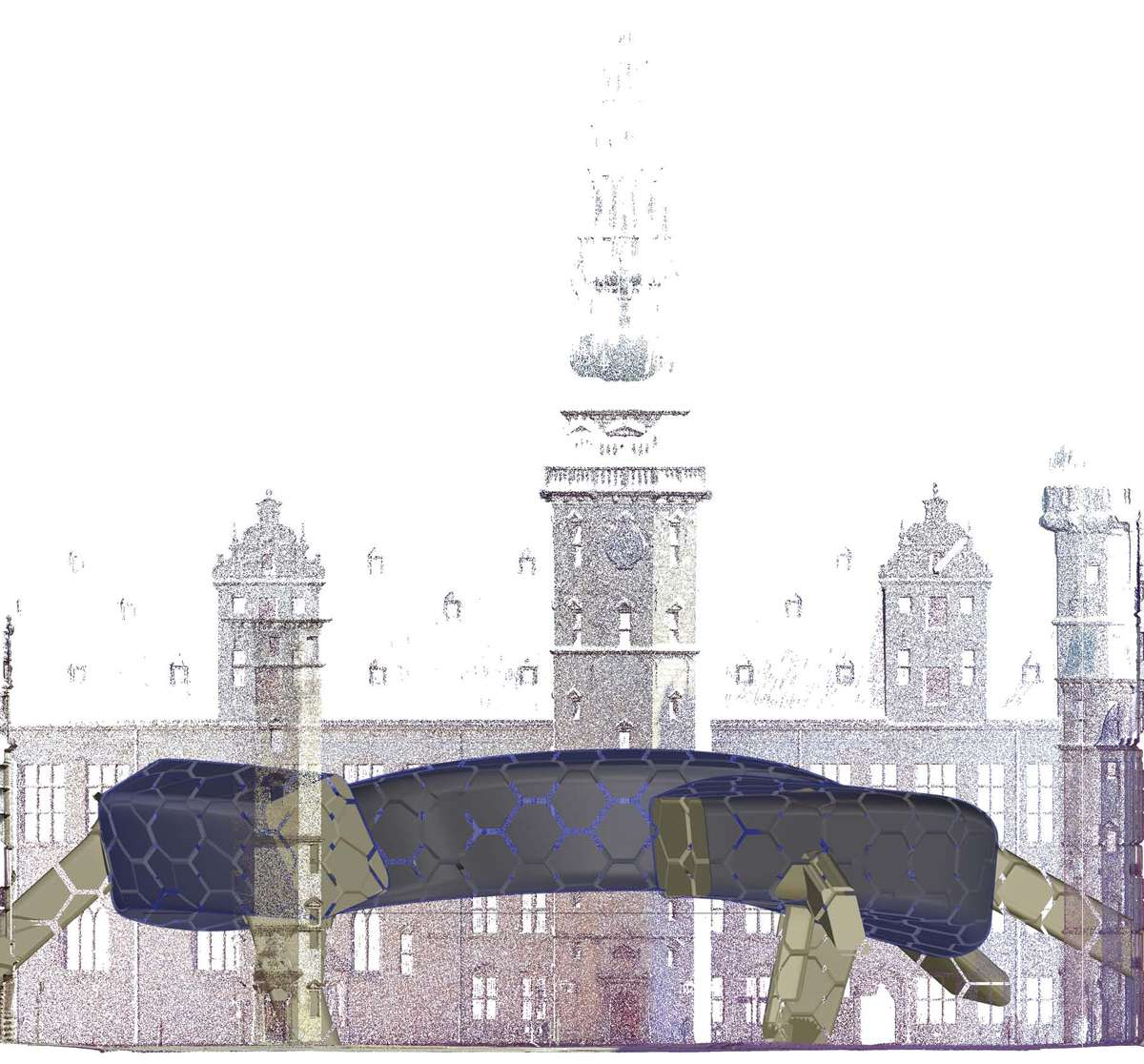
One goal of Adaptive Urbanism is to create continuity in the linkage of networks of public open space. This benefits local economies. Making pedestrian retail districts in old city centers saved many European cities from being abandoned to Big-Box retail. But these decisions reflect the economic landscape of 30 years ago. This new set of circumstances needs a new architecture, an adaptive and progressively self organizing one. It can get us out of the trap of the neo-liberal economy city.
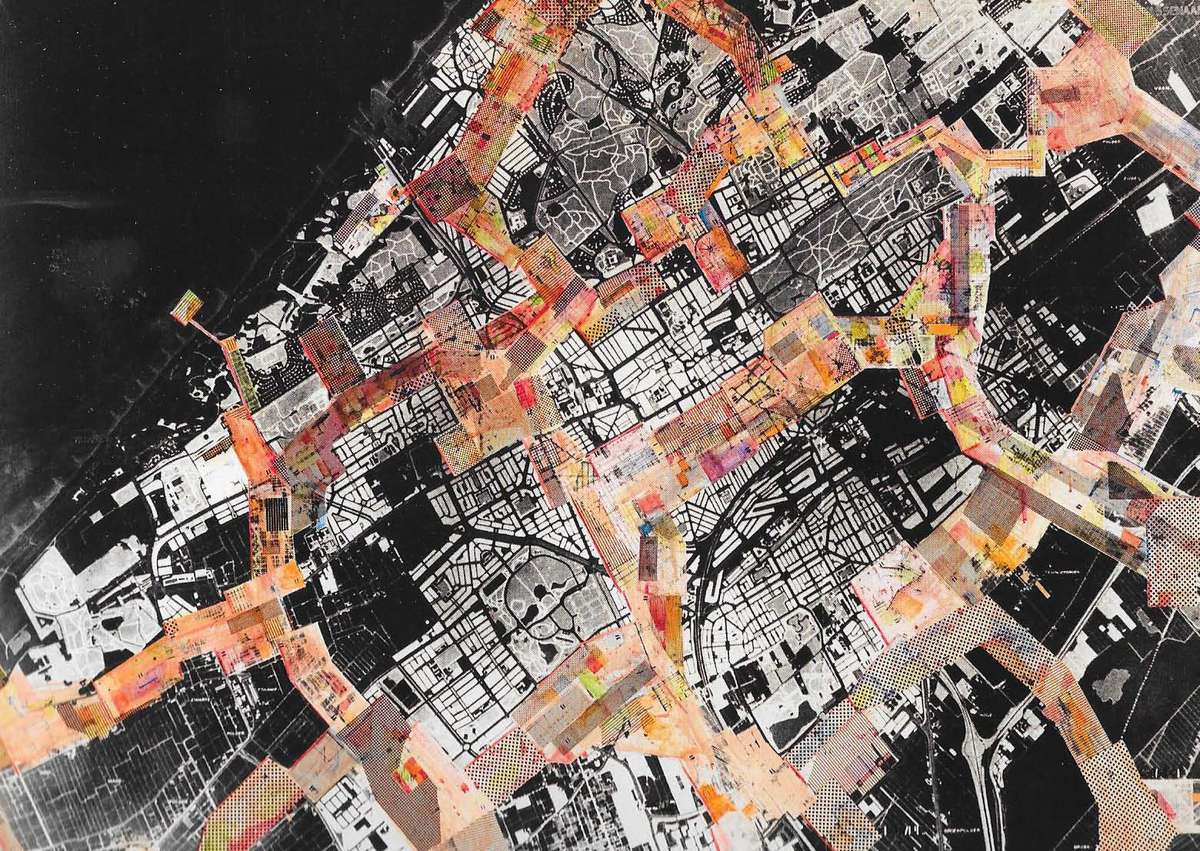
Just as new technologies are making possible to work from many places, changing the nature of work itself. New forms of transport, like personal regenerative electric vehicles, are creating new possibilities for the way the city is inhabited. These two factors, the urban form required to accommodate the predominant mode of work, and what alternatives are available for transport, have always defined the structure and organization of modern, post agrarian, cities. Image of Constant, New Babylon
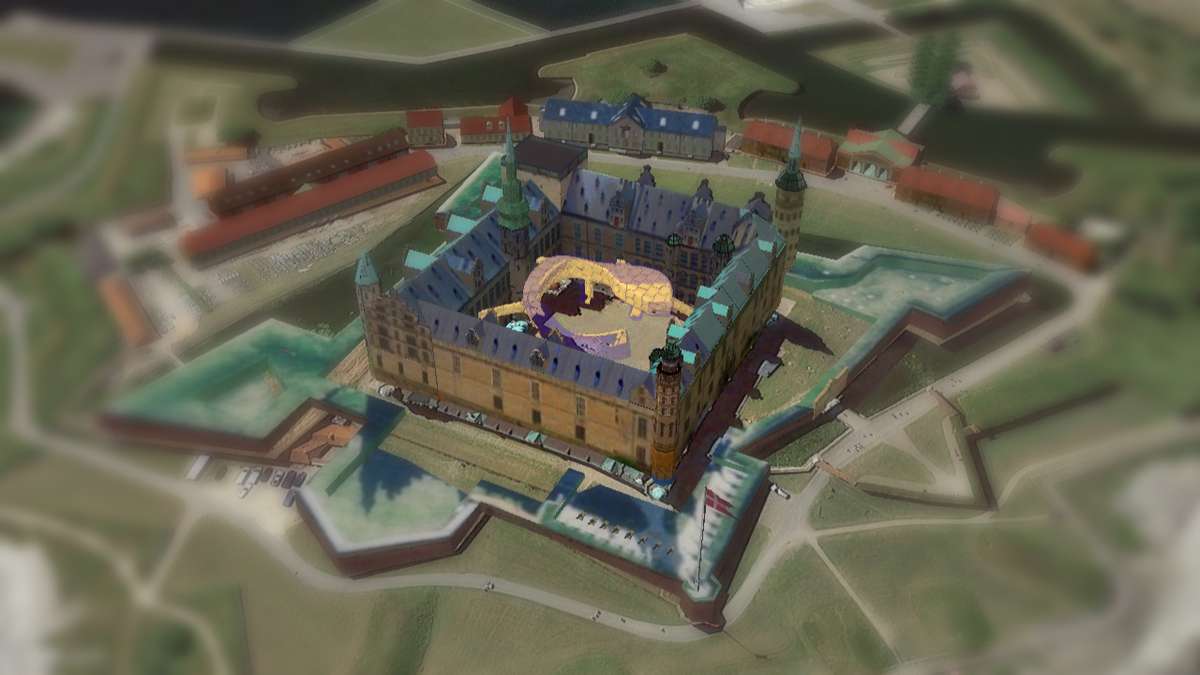
This new architecture approach within the practice “figureForward” is to provide new tools, methods and systems that can allow adaptive urbanism to grow. Beyond the linking public space, this way of building has an implication for urban scale architecture, maintaining the model of a public/private commonality to serve citizens. The interest in improving quality of life for inhabitants and enduring sustainability should be what set out the structure of our urban landscape.
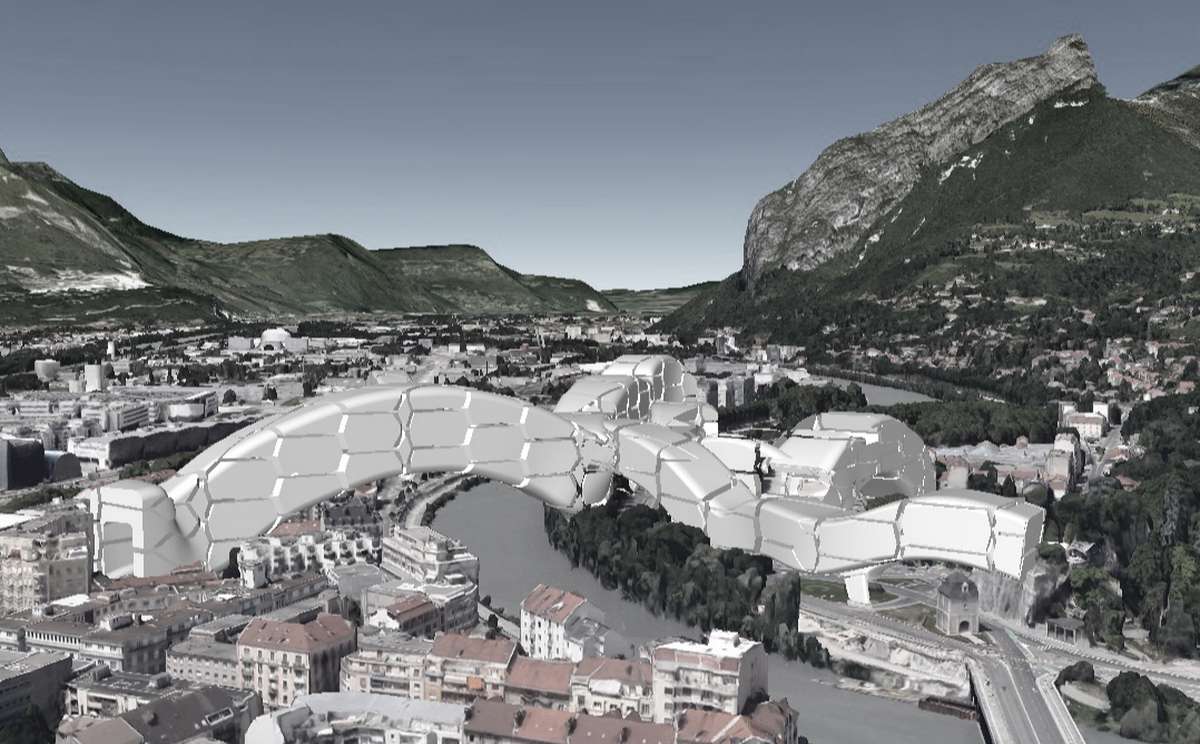
Next – Cloud Shell Grenoble
The structure can be built and set in place and progressively inhabited in more permanent ways.
It corresponds with the “Fab-Lab” ethic, in that the system can grow progressively by adding components over time, possibly by multiple actors. The idea has some resonance with the work in the 1960’s of Constant Nieuwenhuys and The Smithsons.
Adaptive Urbanism
Adaptive Urbanism

In this adaptive urbanism approach the placement and design of the structures are separated from the future uses within. The structure is formed a Cloud Shell Architecture. A system of variable components fabricated to form a vault of “non-standard” form. This architecture would be able to create linking inhabitable structures, which can make connection between public space and other existing structures in unconventional sites and “left-over” spaces between buildings, bridging over roads, enabling low impact transportation, bicycles, walking, with semi weather enclosure. The irregular vault geometry allows designers to have some control over where the foundations land, to avoid obstacles. It would be possible to erect the component structure, with minimal disturbance of surroundings. Because the structure could stand unenclosed and later portions can be enclosed with similarly parametrically variable facade systems, it will allow more flexibility in urban development patterns.
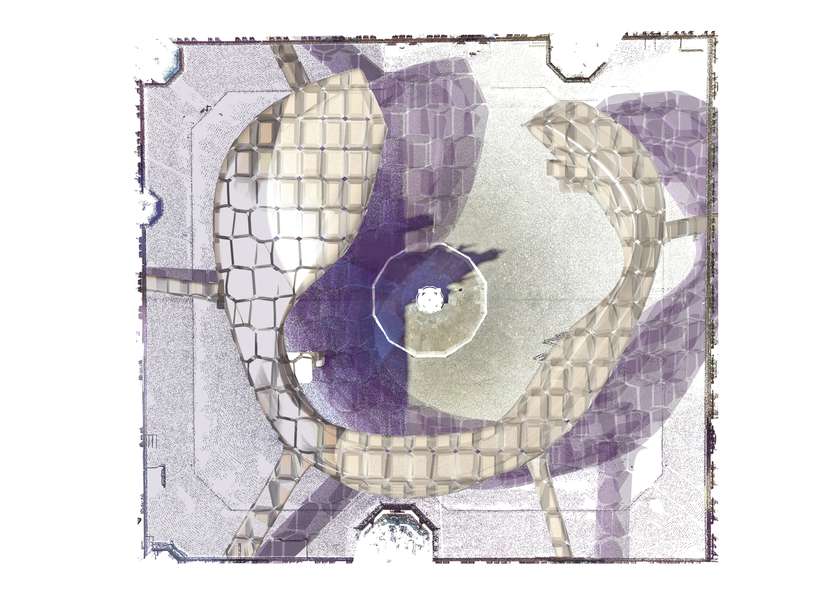
Because these vaulted forms are zero moment compression only structures they make very efficient use of material strength. This and the fact that component erection would be quick should keep the cost of structure (infrastructure) relatively low, for a project of its size.
The inhabitation and the construction needed to support it can be determined later as the use develops, it may change as time goes on.
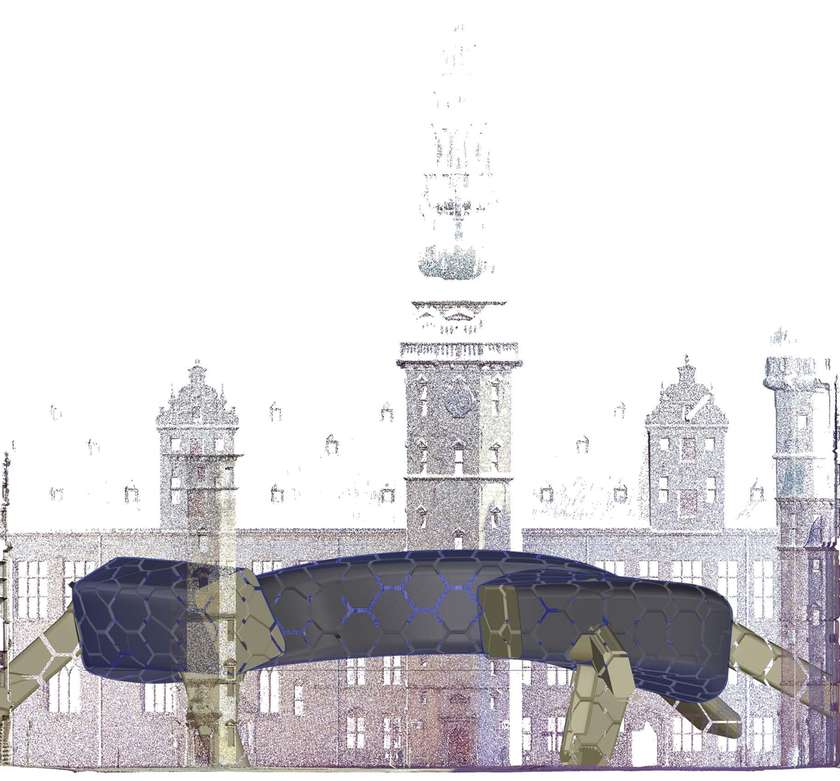
One goal of Adaptive Urbanism is to create continuity in the linkage of networks of public open space. This benefits local economies. Making pedestrian retail districts in old city centers saved many European cities from being abandoned to Big-Box retail. But these decisions reflect the economic landscape of 30 years ago. This new set of circumstances needs a new architecture, an adaptive and progressively self organizing one. It can get us out of the trap of the neo-liberal economy city.
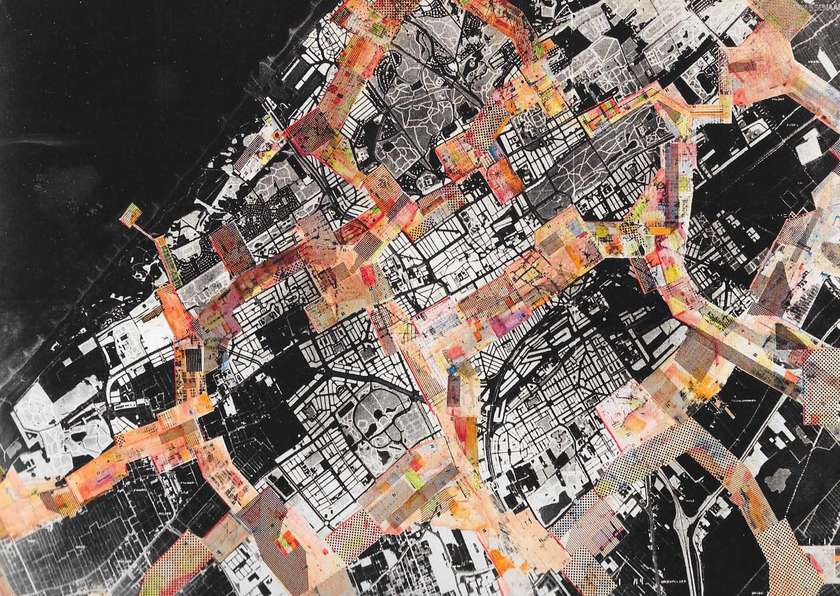
Just as new technologies are making possible to work from many places, changing the nature of work itself. New forms of transport, like personal regenerative electric vehicles, are creating new possibilities for the way the city is inhabited. These two factors, the urban form required to accommodate the predominant mode of work, and what alternatives are available for transport, have always defined the structure and organization of modern, post agrarian, cities. Image of Constant, New Babylon
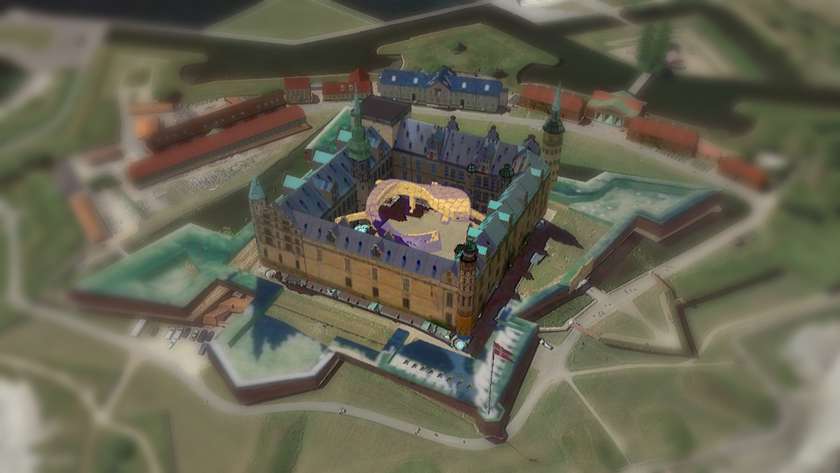
This new architecture approach within the practice “figureForward” is to provide new tools, methods and systems that can allow adaptive urbanism to grow. Beyond the linking public space, this way of building has an implication for urban scale architecture, maintaining the model of a public/private commonality to serve citizens. The interest in improving quality of life for inhabitants and enduring sustainability should be what set out the structure of our urban landscape.
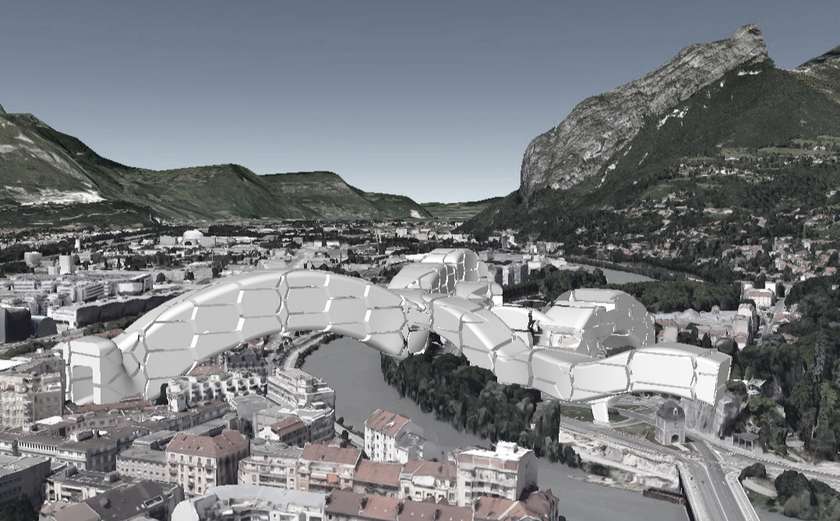
Next – Cloud Shell Grenoble
The structure can be built and set in place and progressively inhabited in more permanent ways.
It corresponds with the “Fab-Lab” ethic, in that the system can grow progressively by adding components over time, possibly by multiple actors. The idea has some resonance with the work in the 1960’s of Constant Nieuwenhuys and The Smithsons.